EMPLOYMENT IN THE MARKET ECONOMY IN ... - Eurostat - Europa
EMPLOYMENT IN THE MARKET ECONOMY IN ... - Eurostat - Europa
EMPLOYMENT IN THE MARKET ECONOMY IN ... - Eurostat - Europa
Create successful ePaper yourself
Turn your PDF publications into a flip-book with our unique Google optimized e-Paper software.
Chapter 1— Employment and value-added<br />
7 Value-added per hour worked in the three broad manufacturing activities, 2001<br />
100<br />
90<br />
80<br />
70<br />
60<br />
50<br />
40<br />
30<br />
20<br />
10<br />
0<br />
EUR<br />
285<br />
Basic manufacturing<br />
Chemicals, fuel<br />
Engineering<br />
BG RO LT LV EE SK CZ HU CY PT MT ES SE FR IT UK NL DK AT DE BE FI IE<br />
100<br />
90<br />
80<br />
70<br />
60<br />
50<br />
40<br />
30<br />
20<br />
10<br />
0<br />
EL, LU, PL, SI: n.a. ; IE, AT, BG, EE, LT, LV, MT, SK: Chemicals only. IE: NACE DN excl. ; EE, LT, LV: NACE DC excl.<br />
Source: <strong>Eurostat</strong>, SBS, LCS<br />
than in the rest of the EU15 (Graph 5). The extent of the difference<br />
in labour productivity across the enlarged Union<br />
is, therefore, substantial, ranging from over 30 euros in a<br />
number of the EU15 countries and close to 50 euros in<br />
Belgium to only 4 euros in Lithuania. In Bulgaria and Romania,<br />
it was around half of this (Graph 6 and Table 7).<br />
These differences, however, overstate the true difference<br />
to the extent that they take no account of differences in<br />
price level between countries, which are considerable<br />
(prices for equivalent goods and services in the new<br />
Member States tend to be less than half of those in the<br />
EU15). Ideally, therefore, the comparisons ought to allow<br />
for this, though no official estimates of purchasing power<br />
parities are available for manufacturing to enable it to be<br />
done. But even if such an adjustment were made, the gap<br />
would remain very wide (as indicated by the purchasing<br />
power parity figures for GDP as a whole).<br />
Within manufacturing, productivity was high in Chemicals<br />
and fuel and, in most cases, relatively low in basic manufacturing<br />
(Graph 7).<br />
Labour productivity and investment<br />
The data on investment in the SBS can be used to give<br />
an indication of the capital used in the production process<br />
in different sectors of activity, even if it measures<br />
the ‘flow’ of expenditure in the year rather than the accumulated<br />
stock of plant, equipment and buildings<br />
(see Box on this page). Relating investment to the esti-<br />
Investment per hour worked in industry<br />
The investment figures analysed in the text relate to expenditure<br />
in gross terms (ie before deducting any sales<br />
or making any adjustments for value) on ‘tangible’<br />
goods, which cover purchases of machinery and equipment<br />
and of land and buildings as well as the construction<br />
and alterations of the latter. In all Member States,<br />
purchases of machinery and equipment represent the<br />
bulk of investment (around 85% of the total on average),<br />
while the construction and alteration of buildings accounts<br />
for most of the remainder. The figures, it should<br />
be noted, cover only physical investment and not less<br />
tangible investment such as in R&D or work force skills.<br />
The figures for investment are divided by the estimates of<br />
total hours worked to obtain a figure for capital expenditure<br />
per unit of labour input which can be compared with<br />
value-added per hour worked, or labour productivity. Although,<br />
investment per hour worked relates only to expenditure<br />
in a particular year and does not necessarily<br />
reflect the total amount of capital (buildings as well as<br />
machinery and equipment) available for use in the production<br />
process, it may be indicative of this, to the extent<br />
that capital-intensive industries (ie those which use a<br />
large amount of capital relative to labour in production)<br />
tend to invest relatively large amounts each year.<br />
19



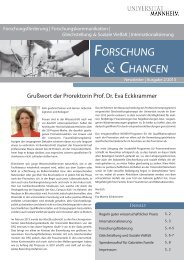
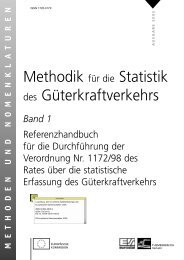
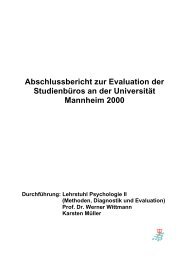
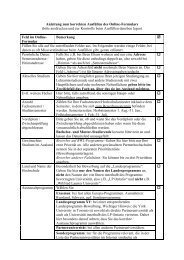
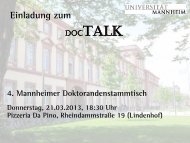
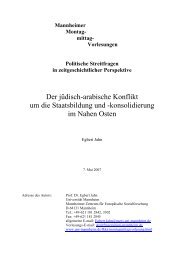
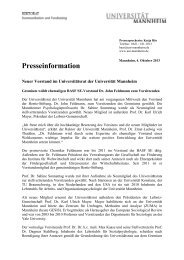


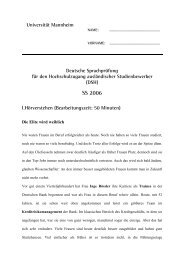
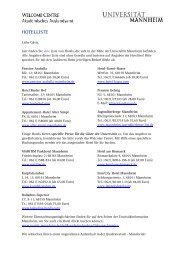
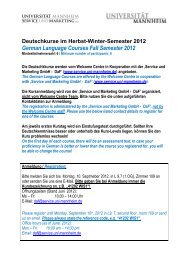
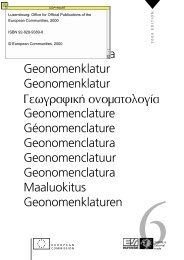
![226. [Augsburg], 27. Oktober 1562 An Joachim Camerarius d. Ã ...](https://img.yumpu.com/27559109/1/184x260/226-augsburg-27-oktober-1562-an-joachim-camerarius-d-a-.jpg?quality=85)